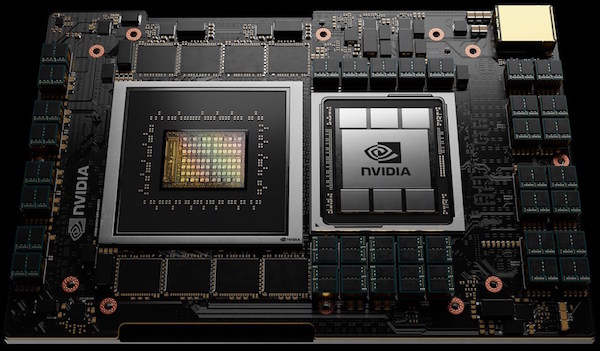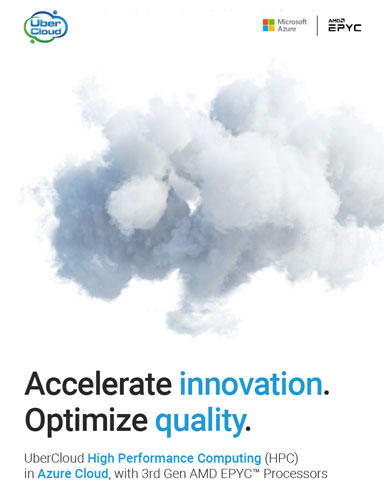NVIDIA Announces CPU for High-Performance Computing
Los Alamos, Swiss Supercomputing Center build CPU-powered supercomputers with a focus on AI.

NVIDIA Grace is the company’s first data center CPU, an Arm-based processor that will deliver 10x the performance of today’s fastest servers on the most complex AI and high performance computing workloads. Image courtesy of NVIDIA.
Latest News
April 13, 2021
At its GTC conference this week, NVIDIA announced its first data center CPU (NVIDIA Grace), an Arm-based processor that the company says will deliver 10x the performance of current servers for AI and high performance computing workloads. This is the first major news from NVIDIA on the CPU front in several years, and comes on the heels of its announcement last year that it would acquire UK-based chipmaker ARM.
The NVIDIA Grace CPU is designed to address the computing requirements for advanced applications, including natural language processing, recommender systems and AI supercomputing, that analyze enormous datasets.
“Leading-edge AI and data science are pushing today’s computer architecture beyond its limits – processing unthinkable amounts of data,” said Jensen Huang, founder and CEO of NVIDIA. “Using licensed Arm IP, NVIDIA has designed Grace as a CPU specifically for giant-scale AI and HPC. Coupled with the GPU and DPU, Grace gives us the third foundational technology for computing, and the ability to re-architect the data center to advance AI. NVIDIA is now a three-chip company.”
According to the company, Grace (named after computer programming pioneer Grace Hopper) is a highly specialized processor targeting workloads such as training next-generation NLP models that have more than 1 trillion parameters. When tightly coupled with NVIDIA GPUs, a Grace CPU-based system will deliver 10x faster performance than today’s state-of-the-art NVIDIA DGX-based systems, which run on x86 CPUs.
The Swiss National Supercomputing Centre (CSCS) and the U.S. Department of Energy’s Los Alamos National Laboratory are the first to announce plans to build Grace-powered supercomputers in support of national scientific research efforts.
“With an innovative balance of memory bandwidth and capacity, this next-generation system will shape our institution’s computing strategy,” said Thom Mason, director of the Los Alamos National Laboratory. “Thanks to NVIDIA’s new Grace CPU, we’ll be able to deliver advanced scientific research using high-fidelity 3D simulations and analytics with datasets that are larger than previously possible.”
“As the world’s most widely licensed processor architecture, Arm drives innovation in incredible new ways every day,” said Arm CEO Simon Segars. “NVIDIA’s introduction of the Grace data center CPU illustrates clearly how Arm’s licensing model enables an important invention, one that will further support the incredible work of AI researchers and scientists everywhere.”
The CPU will be available in 2023.
More NVIDIA Coverage
Subscribe to our FREE magazine, FREE email newsletters or both!
Latest News
About the Author
DE’s editors contribute news and new product announcements to Digital Engineering.
Press releases may be sent to them via [email protected].






